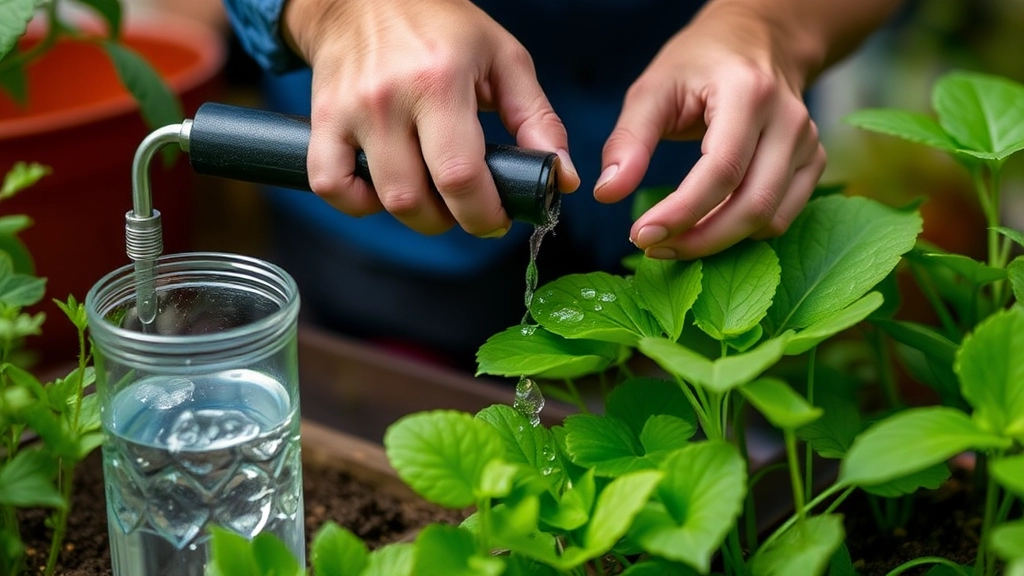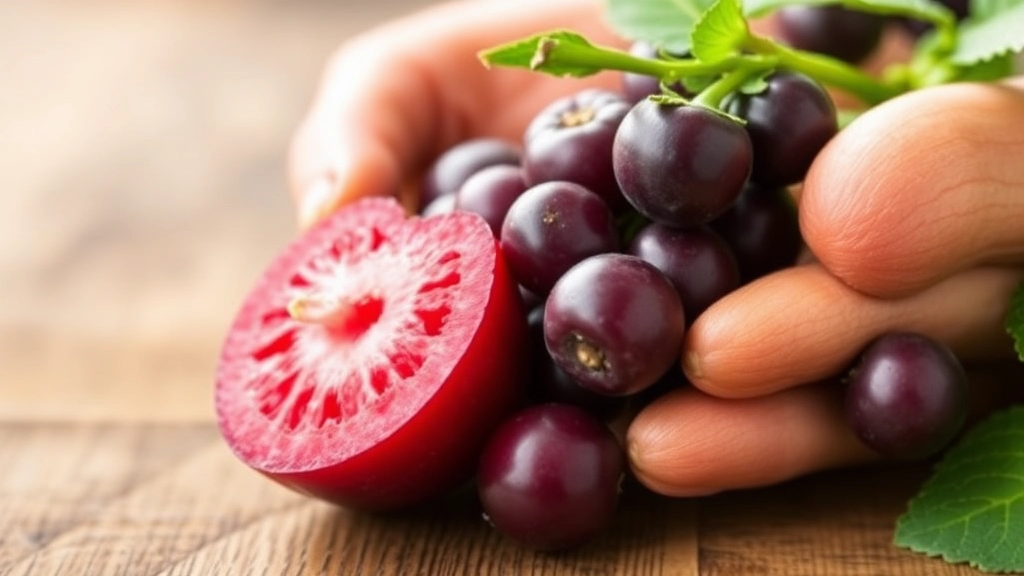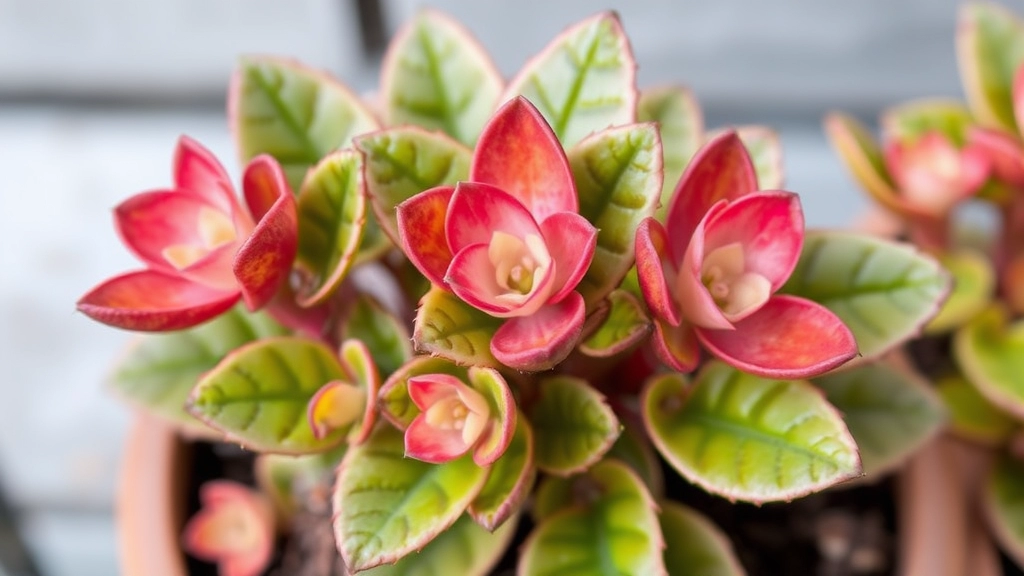Kalanchoe Leaves Turning Brown
Ever noticed your Kalanchoe leaves turning brown and wondered what’s causing it? You’re not alone. This common issue can be due to several factors, and understanding them is the first step to reviving your plant. Let’s dive into the reasons behind those browning leaves and how you can fix it.
Common Causes
From improper watering to pests, there are multiple culprits. Overwatering is a frequent mistake, leading to root rot and brown leaves. On the flip side, underwatering can cause the plant to dry out. Additionally, pests like aphids and mealybugs can wreak havoc on your Kalanchoe. Identifying the problem early can save your plant and keep it thriving.
Common Causes of Browning Kalanchoe Leaves
Are your Kalanchoe leaves turning brown, and you’re left wondering why? You’re not alone in this concern. Many plant enthusiasts face this issue, and understanding the common causes can help you bring your beloved plant back to health.
Browning leaves on Kalanchoe can stem from a variety of factors. Here are the most prevalent reasons:
- Overwatering: Too much water can lead to root rot, causing the leaves to brown and wilt. It’s crucial to ensure your plant has proper drainage.
- Underwatering: Conversely, not providing enough water can stress the plant, leading to dry, brown edges on the leaves. Regularly check the soil moisture to find the right balance.
- Poor Soil Drainage: Soil that retains too much moisture can suffocate the roots, resulting in browning leaves. Use a well-draining potting mix to promote healthy growth.
- Temperature Fluctuations: Kalanchoe prefers stable temperatures. Exposure to extreme cold or heat can cause stress, leading to browning. For more information on optimal conditions, check out the Kalanchoe Temperature Tolerance Guide.
- Low Humidity: Dry air can affect the plant’s health. Kalanchoe thrives in moderate humidity levels, so consider misting or relocating it if the air is too dry.
- Pest Infestations: Pests like aphids or mealybugs can sap the plant’s vitality, causing leaves to brown. Regularly inspect your plant for any signs of infestation. Learn how to protect your plants in our guide on protecting Kalanchoe from pests.
- Nutrient Deficiencies: Lack of essential nutrients can contribute to poor leaf health. A balanced fertiliser can help restore vitality.
Identifying Overwatering and Underwatering

Ever looked at your Kalanchoe and thought, “Why are my leaves turning brown?” It’s a common worry for plant lovers, and often, the culprit is either overwatering or underwatering. Let’s dive into how to spot these issues.
Signs of Overwatering
When your Kalanchoe is getting too much water, it’s like drowning a fish. Here are some telltale signs:
- Leaf Discoloration: The leaves may turn yellow before browning.
- Soft or Mushy Leaves: They might feel squishy to the touch.
- Wilting: Ironically, overwatered plants can start to droop.
- Root Rot: If you pull the plant out, you might see black, mushy roots.
Signs of Underwatering
On the flip side, if your Kalanchoe isn’t getting enough water, it can show its distress in other ways:
- Crispy Leaves: The edges might feel dry and brittle.
- Leaf Drop: You may notice leaves falling off prematurely.
- Stunted Growth: The plant might not grow as it should.
- Dry Soil: If the soil is bone dry, it’s a clear indicator.
Finding the Balance
To keep your Kalanchoe thriving, aim for a watering routine that suits its needs. Here’s a simple guide:
- Check the Soil: Stick your finger about an inch into the soil. If it feels dry, it’s time to water.
- Water Thoroughly: When watering, make sure to soak the soil, but let excess water drain out.
- Adjust Seasonally: In winter, you might need to water less frequently.
Effects of Poor Soil Drainage
Have you ever noticed your Kalanchoe leaves turning brown, and wondered if soil drainage might be to blame?
Poor soil drainage can have a significant impact on the health of your Kalanchoe. When water accumulates in the soil, it creates a soggy environment that can lead to root rot. This condition not only damages the roots but also restricts their ability to absorb essential nutrients and water.
Here are some effects of poor soil drainage:
- Root Rot: The most severe consequence, where roots begin to decay, leading to plant death if not addressed promptly.
- Brown Leaves: Over time, the leaves may start to turn brown and drop off, signalling distress.
- Stunted Growth: The plant may struggle to grow, appearing weak and unhealthy.
- Fungal Diseases: Excess moisture can encourage the growth of fungi, which can further harm your plant.
To prevent these issues, it’s vital to ensure that your Kalanchoe is planted in well-draining soil. A mix of potting soil and perlite or sand can enhance drainage, allowing excess water to escape. For more detailed information on how to care for your Kalanchoe, check out our ultimate guide to fuzzy Kalanchoe care tips. Additionally, if you’re dealing with leggy growth, you might find our expert tips on fixing a leggy Kalanchoe helpful.
Impact of Temperature and Humidity

Have you noticed your Kalanchoe leaves turning brown, and wondered if temperature and humidity might be playing a role?
The environment in which your plant thrives is crucial for its health.
Temperature:
- Kalanchoes prefer a warm climate, ideally between 18°C to 24°C (65°F to 75°F).
- Exposure to temperatures below 10°C (50°F) can lead to stress, causing leaves to brown and drop.
- Rapid temperature fluctuations can also shock the plant, further exacerbating the issue.
Humidity:
- Kalanchoes thrive in moderate humidity levels.
- Extremely low humidity can lead to dehydration, making leaves crispy and brown.
- Conversely, high humidity can promote fungal diseases, which also affect leaf health.
To maintain optimal conditions:
- Monitor Temperature: Keep your plant away from drafts, heaters, and air conditioning vents.
- Adjust Humidity: If your home is particularly dry, consider using a humidity tray or a room humidifier.
Have you noticed unusual spots or a sticky residue on your Kalanchoe leaves?
Pest infestations can be a significant concern for plant lovers.
Identifying these pests early is crucial to maintaining the health of your Kalanchoe.
### Common Pests to Watch For
– **Mealybugs**:
– Small, white, cotton-like clusters on leaves.
– Often found in leaf axils or stem joints.
– **Aphids**:
– Tiny, green or black insects that cluster on new growth.
– They can cause curling leaves and stunted growth.
– **Spider Mites**:
– Tiny, spider-like creatures that leave fine webbing.
– Look for yellow or speckled leaves.
– **Scale Insects**:
– Small, brown, oval-shaped bumps on stems and leaves.
– They can lead to leaf drop and overall decline.
### Signs of Infestation
– **Discolouration**: Leaves may turn yellow or brown.
– **Sticky Residue**: A sugary substance, known as honeydew, can be a sign of aphids or mealybugs.
– **Webbing**: Fine webs on the plant indicate spider mites.
– **Leaf Drop**: Sudden leaf drop can signal a severe infestation.
### What to Do Next
If you suspect pests, immediate action is essential.
– **Isolation**: Move the affected plant away from others to prevent spread.
– **Manual Removal**: Use a soft cloth or cotton swab to wipe away pests.
– **Insecticidal Soap**: A safe option for treating infestations without harming the plant.
For more detailed guidelines on maintaining the health of your Kalanchoe, check out our [essential Kalanchoe care tips for summer success](https://planthq.org/essential-kalanchoe-care-tips-for-summer-success/). If you’re dealing with specific issues like leaf discoloration, our article on [why Kalanchoe plant leaves turn brown](https://planthq.org/why-are-my-kalanchoe-plant-leaves-turning-brown/) can provide valuable insights.
Nutrient Deficiencies and Remedies

Ever looked at your Kalanchoe and thought, “Why are the leaves looking a bit sad?”
Nutrient deficiencies could be the sneaky culprit behind those browning leaves.
When your plant isn’t getting the right nutrients, it can lead to all sorts of issues.
Common Nutrient Deficiencies
- Nitrogen Deficiency
- Leaves may turn yellow at the bottom.
- Growth can slow down significantly.
- Potassium Deficiency
- Browning leaf edges is a telltale sign.
- The plant may become more susceptible to diseases.
- Calcium Deficiency
- New leaves may appear distorted.
- Leaf tips can start to brown.
Remedies to Boost Nutrients
- Fertilise Regularly
- Use a balanced fertiliser every 4-6 weeks during the growing season.
- Look for ones high in nitrogen, potassium, and calcium.
- Soil Quality
- Make sure you’re using well-draining soil.
- A mix of potting soil and perlite works wonders.
- Watering Wisely
- Use water that’s not too hard; tap water can contain excess minerals.
- Rainwater is a great alternative!
- Check pH Levels
- Aim for a pH of around 6.0 to 7.0.
- Test kits are available at garden centres and are super easy to use.
Real Talk
I remember when my Kalanchoe looked lifeless, and I thought it was just a goner.
Turns out, a little nutrient boost made all the difference!
Keeping an eye on nutrient levels can really transform your plant’s health.
Preventive Measures for Healthy Leaves
As we explore how to maintain the vibrant health of your Kalanchoe, it’s essential to consider preventive measures that can help you avoid common issues like browning leaves.
FAQs about Kalanchoe Leaves Turning Brown
Why are my Kalanchoe leaves turning brown?
Browning leaves on a Kalanchoe can be attributed to several factors, including overwatering, underwatering, temperature extremes, low humidity, and nutrient deficiencies.
How can I tell if I am overwatering my Kalanchoe?
Signs of overwatering include leaf discoloration (yellowing before browning), soft or mushy leaves, wilting, and root rot. If you notice these symptoms, reduce the frequency of watering.
What are the signs of underwatering my Kalanchoe?
Underwatering can cause crispy leaf edges, premature leaf drop, stunted growth, and dry soil. Make sure to water your plant when the top inch of soil feels dry.
What temperature is ideal for Kalanchoe plants?
Kalanchoes prefer a warm climate, ideally between 18°C to 24°C (65°F to 75°F). Exposure to temperatures below 10°C (50°F) can cause stress and browning leaves.
How does humidity affect my Kalanchoe?
Kalanchoes thrive in moderate humidity. Extremely low humidity can lead to dehydration and crispy, brown leaves, while high humidity can promote fungal diseases.
What nutrient deficiencies can cause Kalanchoe leaves to turn brown?
Common nutrient deficiencies include nitrogen, potassium, and calcium. Nitrogen deficiency may cause yellowing leaves at the bottom, potassium deficiency can cause browning leaf edges, and calcium deficiency may result in distorted new leaves and browning tips.
How can I remedy nutrient deficiencies in my Kalanchoe?
Use a balanced fertiliser every 4-6 weeks during the growing season, ensure well-draining soil, use water that’s not too hard, and maintain a soil pH of around 6.0 to 7.0. Consider using rainwater as an alternative to tap water.
How can I maintain optimal conditions for my Kalanchoe?
Monitor temperature, keep your plant away from drafts, heaters, and air conditioning vents. Adjust humidity levels using a humidity tray or room humidifier if necessary. Regularly check soil moisture and nutrient levels to ensure your plant’s health.
References
-
Kalanchoe Succulent Plant Care
-
Why Are My Kalanchoe Leaves Turning Yellow?
-
Kalanchoe: How to Grow and Care for Kalanchoe Plants
